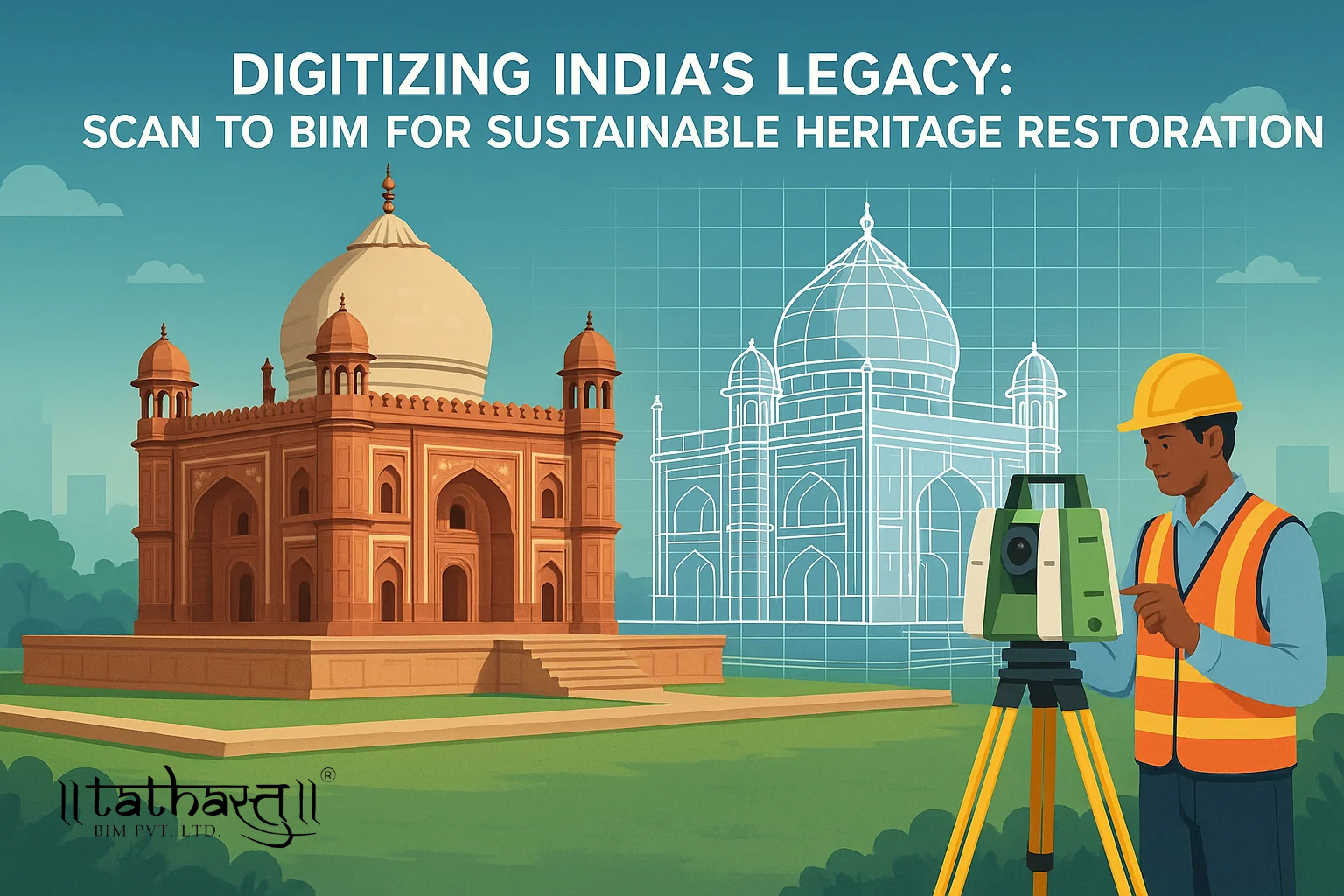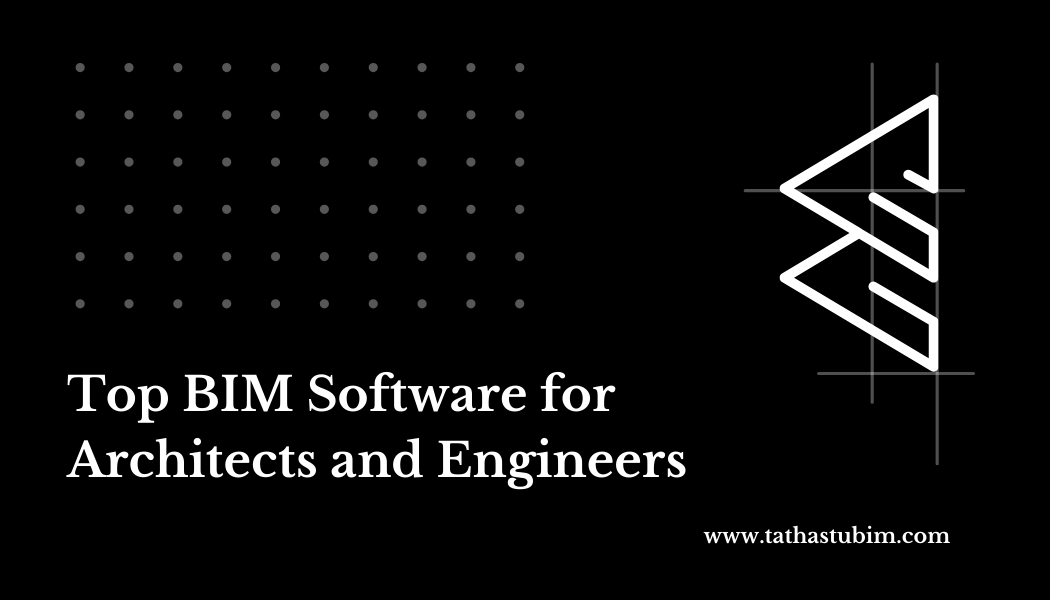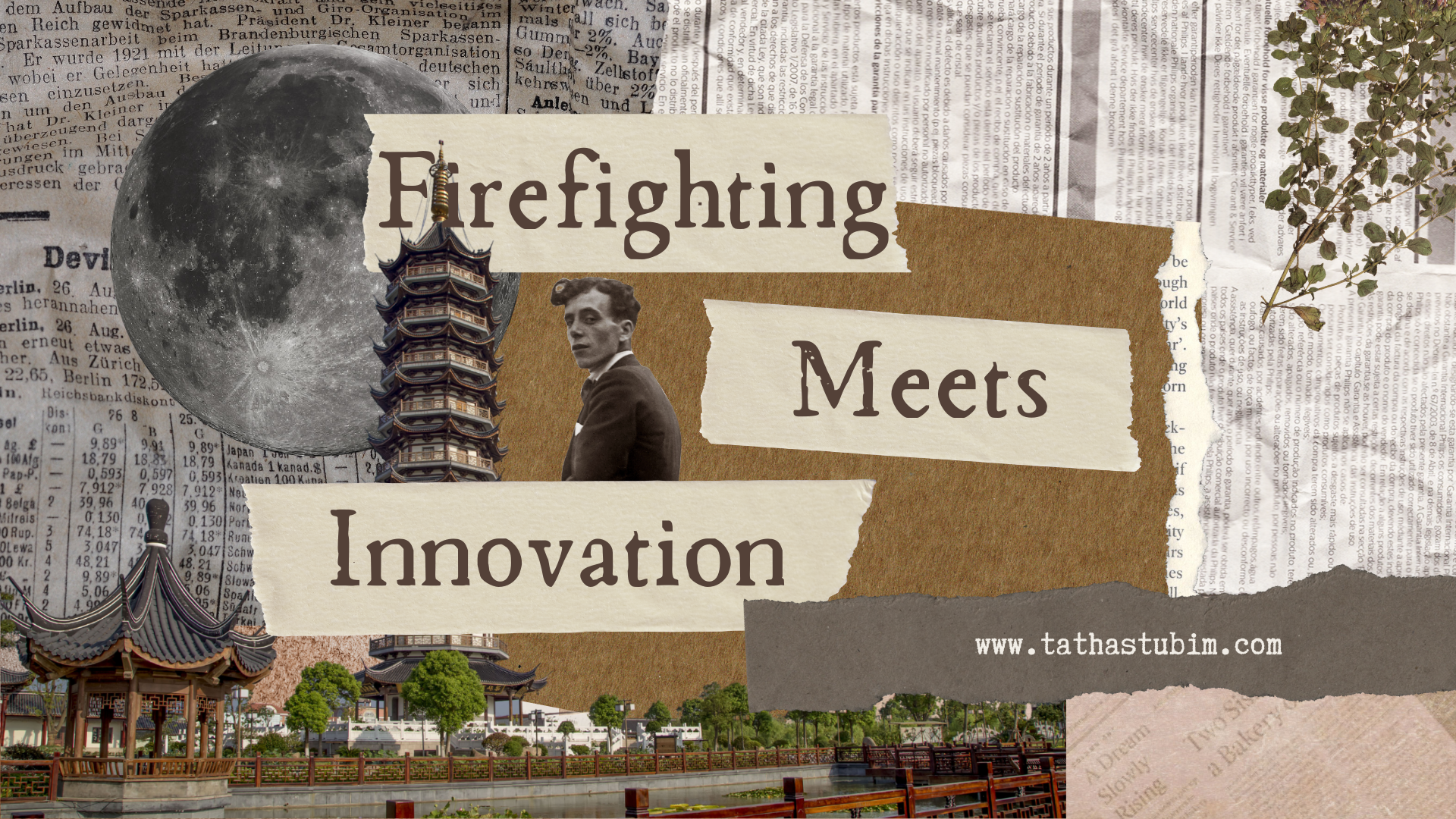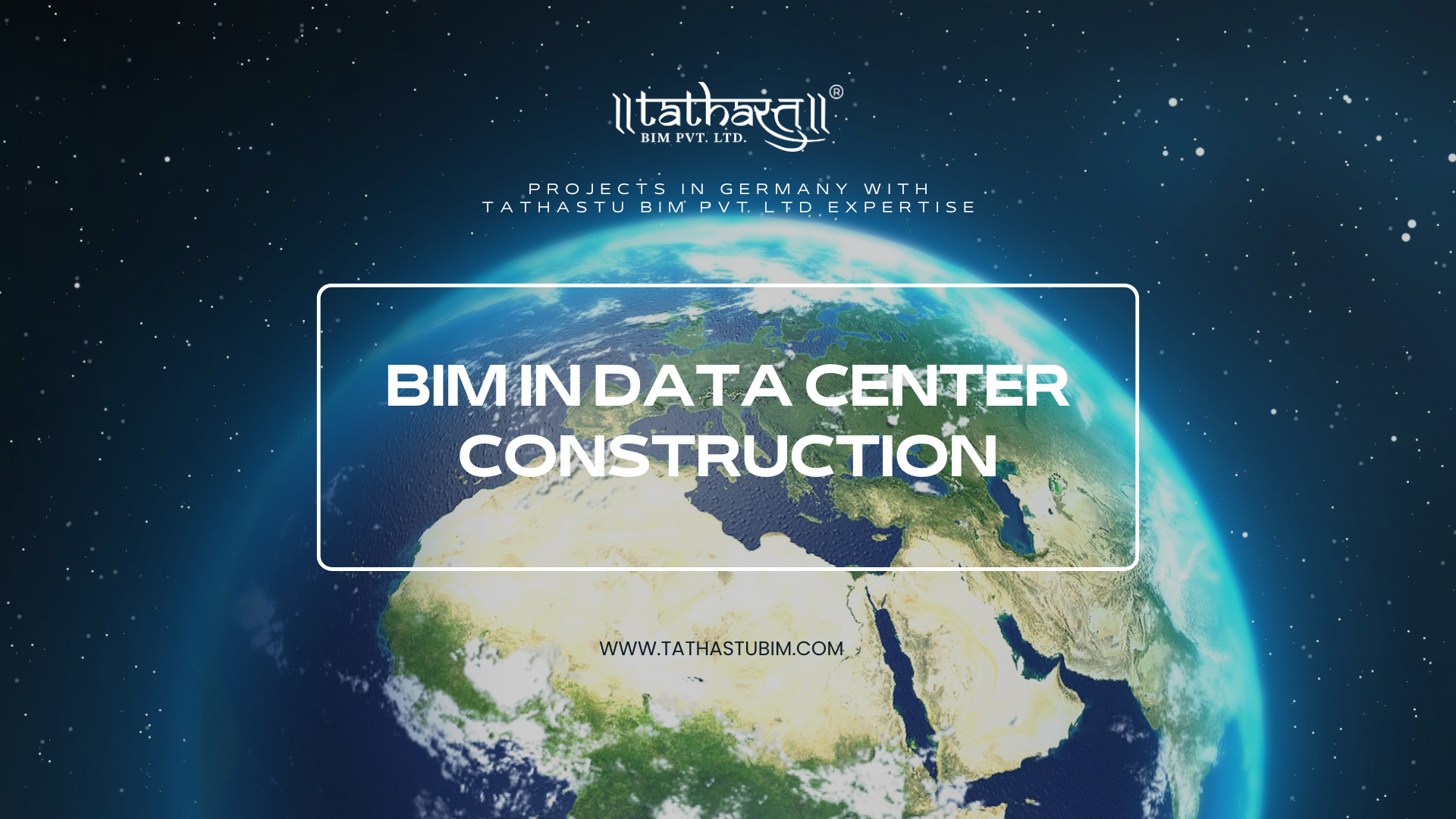

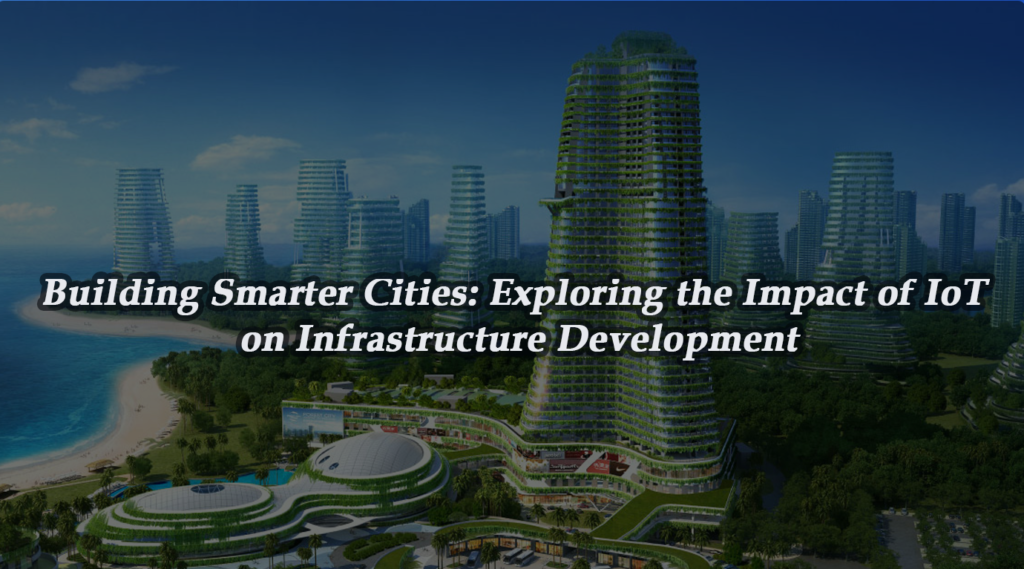
Building Smarter Cities: Exploring the Impact of IoT on Infrastructure Development
Welcome to the future! In this age of technological advancement, where every aspect of our lives is seamlessly connected through a web of devices and sensors, it’s no surprise that even our cities are getting smarter. Welcome to the era of IoT – the Internet of Things – and its monumental impact on infrastructure development. Buckle up as we embark on a journey exploring how IoT is revolutionizing urban landscapes, transforming them into efficient, sustainable, and interconnected hubs that cater to the needs of their inhabitants like never before. From intelligent transportation systems to energy-efficient buildings, from real-time data analysis for better decision-making to enhanced public safety measures – join us as we dive deep into the fascinating world where cutting-edge technology meets concrete structures. So hop aboard because it’s time to witness firsthand how IoT is shaping the cities that will define our future!
What is the Internet of Things (IoT)?
The Internet of Things (IoT) is a network of physical devices, vehicles, buildings and other items—embedded with electronics, software, sensors, and network connectivity that enable these objects to collect and exchange data. When combined, these connected devices have the ability to transform daily life and the way we manage our infrastructure.
IoT can have a positive impact on infrastructure development by reducing costs, improving efficiency and effectiveness of city operations, and creating new opportunities for revenue generation. For example, IoT-enabled smart parking solutions can help municipalities optimize parking availability and crack down on illegal parking. Connected traffic lights can coordinate with one another to ease congestion during rush hour. And sensor-equipped trash cans can alert sanitation workers when they need to be emptied, leading to reduced littering and cleaner streets.
In order for cities to reap the benefits of IoT, however, they must first overcome several challenges. Privacy and security concerns must be addressed in order to ensure that sensitive data collected by IoT devices is protected from cyberattacks. In addition, cities will need to invest in robust wireless networks capable of handling large volumes of data generated by connected devices. Decision-makers will need to develop a clear understanding of how this technology can be used to improve quality of life for residents before making any major commitments.
How Does IoT Benefit Smart Cities?
oT is playing a big role in developing what are known as ‘smart cities’. By definition, a smart city uses technology to enhance the performance of urban services such as energy use, transportation and waste management. Many global cities are now turning to IoT applications and solutions to make their infrastructure more efficient and sustainable.
Here are some ways in which IoT is benefiting smart city development:
- Improve traffic flow and management – Traffic is one of the biggest headaches for city dwellers and authorities alike. By using data from sensors placed on roads, traffic lights and public transport, city planners can map out congestion hotspots and make changes to the transport network accordingly. For example, in Rio de Janeiro, a pilot project saw 150 buses rerouted away from areas of high traffic during the 2016 Summer Olympics. This reduced overall journey times by 12%.
- Enhance public safety – Smart CCTV cameras equipped with facial recognition technology can help law enforcement agencies keep track of known criminals or spot potential threats in busy areas. In addition, wearable devices such as body cameras worn by police officers can provide valuable footage in the event of an incident.
Make buildings more energy-efficient – Buildings account for a large proportion of a city’s energy consumption, so making them more energy-efficient is a top priority for many municipalities. By monitoring temperature, humidity and CO2 levels, IoT sensors can help building managers regulate air conditioning and heating systems to
Analyzing Potential Risks with Smart Cities
As our cities become more populous and interconnected, it is increasingly important to consider the potential risks associated with large-scale infrastructure projects. The rise of the Internet of Things (IoT) has made it possible to collect and analyze vast amounts of data in near-real-time, providing insight that can help us identify and mitigate potential risks.
For example, by installing sensors throughout a city’s water system, we can monitor flow rates, pressure levels, and water quality in real-time. This information can be used to detect leaks and other problems before they cause significant damage, saving both money and downtime. Additionally, this data can be used to optimize the city’s water usage, reducing the overall demand on the system.
Similarly, IoT sensors can be used to monitor traffic patterns and identify areas of congestion. This data can be used to adjust signal timing and routing algorithms to improve traffic flow. It can also be used to inform future infrastructure planning decisions, such as where to build new roads or expand public transit options.
Collecting and analyzing data is only part of the equation – we also need to ensure that this information is accessible to those who need it most. Smart city platforms like Siemens’ MindSphere provide a secure foundation for storing and sharing data across multiple departments and agencies. This allows officials to make informed decisions quickly in the event of an emergency or other disruptions.
By leveraging the power of IoT, we can build smarter
IoT’s Impact on Infrastructure Maintenance
IoT is already having a major impact on infrastructure maintenance, and this is only set to increase in the future. By connecting devices and systems, IoT can provide real-time data that can be used to improve the efficiency of maintenance operations. For example, sensors can be used to monitor the condition of roads and bridges, identify potential problems, and dispatch repair crews before damage occurs. Similarly, water and energy systems can be monitored for leaks and other issues, allowing repairs to be made before outages occur.
In addition to improved efficiency, IoT can also help reduce the cost of infrastructure maintenance. For example, by monitoring equipment for early signs of failure, organizations can avoid the expensive cost of emergency repairs. Additionally, real-time data from IoT devices can help inform decision-making around when and how to schedule maintenance activities. By planning maintenance operations during off-peak hours or periods of low demand, organizations can minimize disruptions and save money.
IoT can also help improve safety during infrastructure maintenance operations. For example, workers in hazardous environments can be equipped with connected devices that allow them to be constantly monitored for their safety. In the event of an accident or injury, these devices can immediately notify authorities and dispatch help. Additionally, by providing workers with real-time data on conditions in the work area, IoT can help them make better decisions about when it is safe to proceed with work activities.
Predictive Maintenance and Automation
As we move towards an increasingly interconnected world, it is important to understand the potential of emerging technologies like IoT in driving innovation in infrastructure development. By utilizing IoT-enabled smart city solutions, cities can become more efficient and sustainable while also improving quality of life for its citizens. Integrating such solutions into cities will doubtless take considerable effort on behalf of policy makers, but the rewards could be immense – both from a business perspective as well as social ones. Let’s keep exploring what building smarter cities through innovative tech like IOT could mean for our future!
Leveraging Smart Solutions for Construction Projects
The way we build and manage our cities is changing. Thanks to the internet of things (IoT), we are now able to collect data about how our infrastructure is being used in real time. This information can be used to make more informed decisions about future development projects.
There are many potential applications for IoT in city planning and construction. For example, data from sensors could be used to improve traffic flow or to identify areas where crime is more likely to occur. By leveraging smart solutions, we can make our cities more efficient, safe, and livable.
In the past, city planners would have to rely on guesswork and intuition when making decisions about infrastructure development. With IoT, they can now base their decisions on hard data. This helps to ensure that resources are being used efficiently and that projects are meeting the needs of the people who live in the city.
IoT is still in its early stages, but there is immense potential for it to change the way we build and manage our cities. As more municipalities begin to adopt these technologies, we will see even greater improvements in urban living.
Researching Use Cases
The Internet of Things (IoT) is reshaping how we think about city infrastructure development. By interconnected physical objects and devices, the IoT has the potential to make cities more efficient, sustainable, and livable. However, before implementation can begin, researching use cases is critical to identify where the IoT can create the most value for city infrastructure development.
There are a few key considerations when researching use cases for city infrastructure development:
- Define the problem or opportunity that you want to address with the IoT solution. For example, is there a need to improve safety? reduce greenhouse gas emissions? or increase operational efficiency?
- Assess whether the IoT solution will be able to effectively address the problem or opportunity. For example, will sensors be able to detect hazardous conditions? will data collected by the IoT be able to help optimize city operations?
- Understand what data is required for the IoT solution to work effectively and where that data will come from. For example, if you’re looking to improve traffic flow, you’ll need data on vehicle locations and speeds.
- Identify any potential privacy or security concerns associated with implementing the IoT solution. For example, if personal data is collected by sensors, how will it be protected?
By taking the time to research use cases upfront, cities can save time and money in the long run while also ensuring that they’re implementing solutions that will create meaningful change for their community.
Conclusion
As we move towards an increasingly interconnected world, it is important to understand the potential of emerging technologies like IoT in driving innovation in infrastructure development. By utilizing IoT-enabled smart city solutions, cities can become more efficient and sustainable while also improving quality of life for its citizens. Integrating such solutions into cities will doubtless take considerable effort on behalf of policy makers, but the rewards could be immense – both from a business perspective as well as social ones. Let’s keep exploring what building smarter cities through innovative tech like IOT could mean for our future!
Popular Posts

